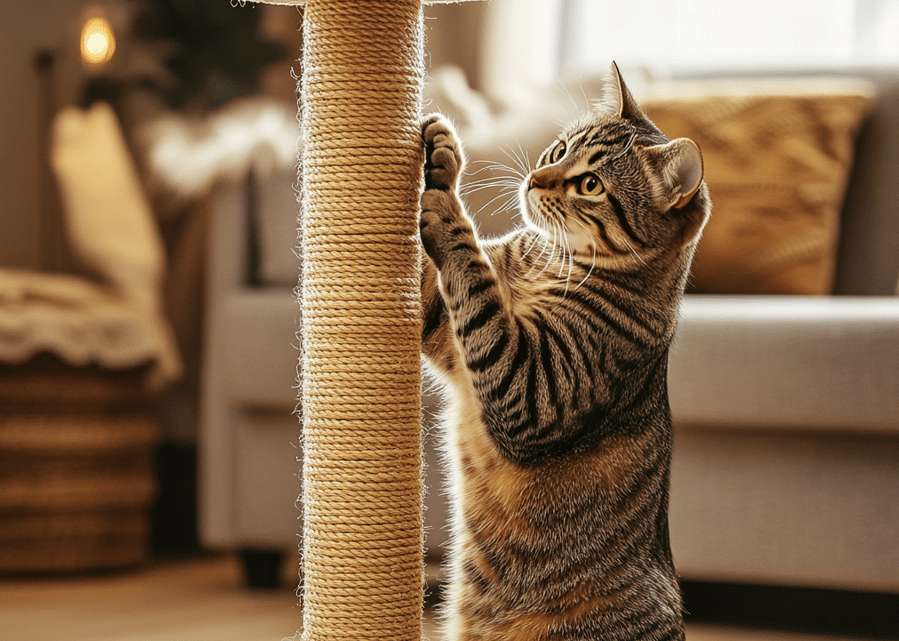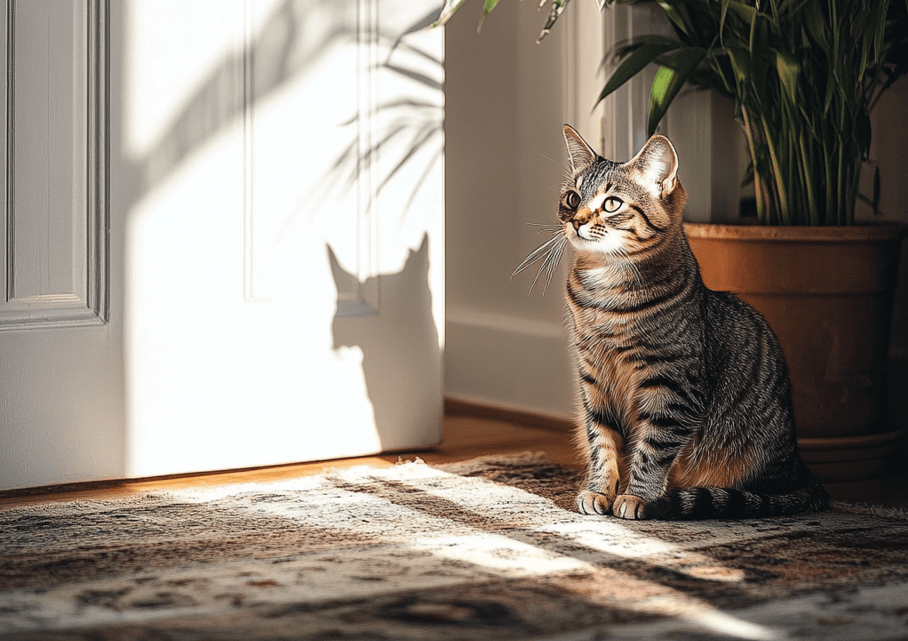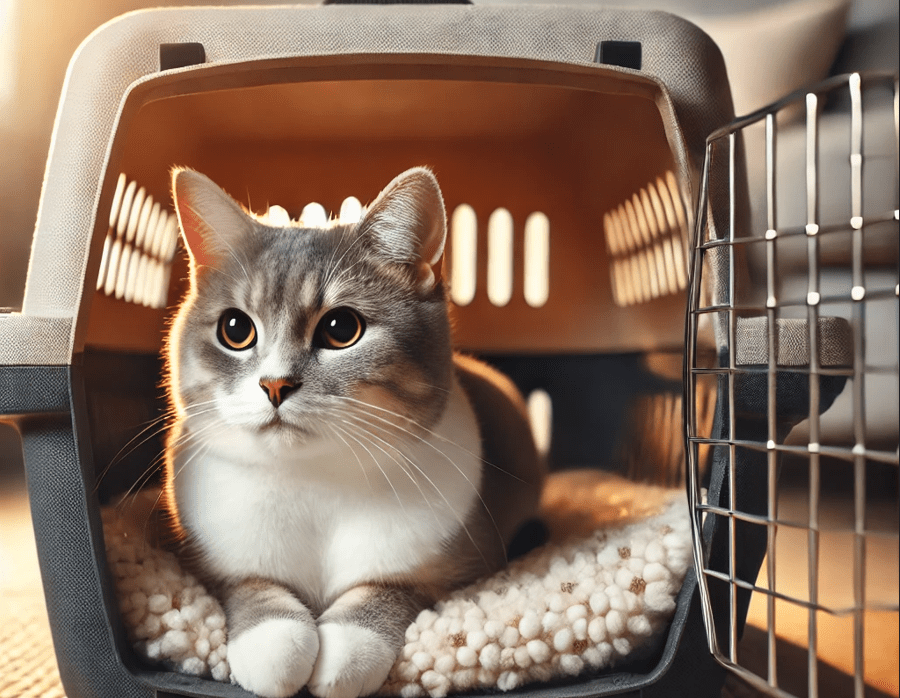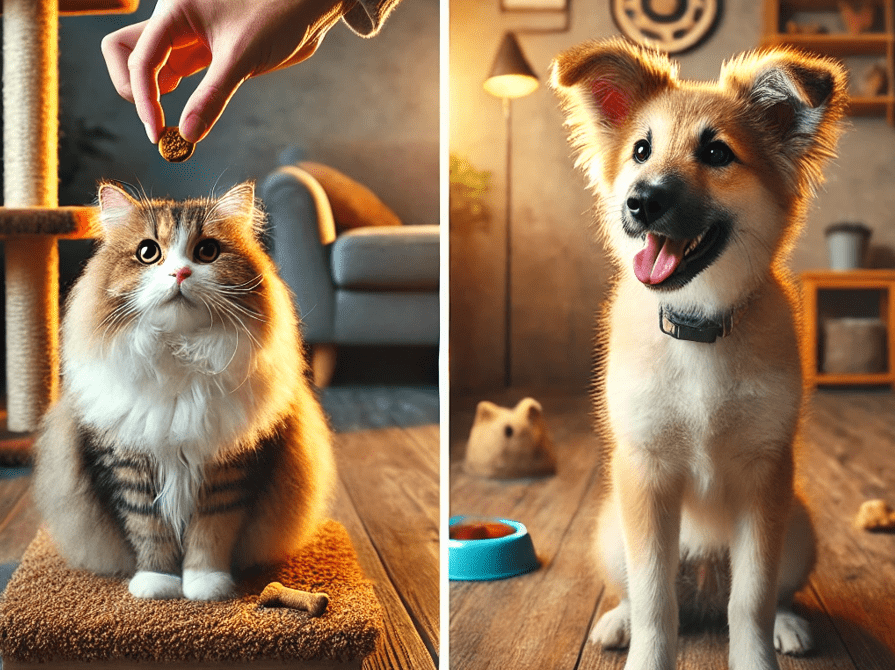
There’s something undeniably heartwarming about a cat lifting its tiny paw to greet you. While dogs are often the stars of obedience training, cats are just as capable of learning tricks—especially when motivated with love and treats. If you’ve ever wondered how to teach a cat to give paw, you’re in the right place. This guide will walk you through the process with expert-backed methods, ensuring a fun and rewarding experience for both you and your feline friend.
Cats are intelligent and independent, which means training requires patience and the right approach. Unlike dogs, they won’t respond to commands out of sheer eagerness to please. Instead, they need a compelling reason—like tasty treats or affectionate praise—to participate. But once they understand what you’re asking, many cats will happily perform tricks for attention and rewards.
In this article, we’ll explore the best techniques for teaching your cat this charming trick, common challenges you might face, and how to keep training sessions enjoyable. Whether you’re a first-time cat trainer or looking to expand your pet’s repertoire, this guide will provide everything you need to succeed.
Why Teach Your Cat Tricks? More Than Just a Cute Party Trick
Many cat owners assume that training is only for dogs, but this misconception overlooks the incredible intelligence and adaptability of cats. Teaching your cat tricks like giving a paw offers numerous benefits that go beyond simple entertainment.
Mental Stimulation and Enrichment

Cats are natural hunters and problem-solvers, and without adequate mental stimulation, they can become bored or even develop destructive behaviors like scratching furniture or excessive meowing. Training sessions provide a structured way to engage their minds, offering challenges that keep them sharp and satisfied.
Strengthening the Human-Cat Bond
Positive reinforcement training builds trust and communication between you and your cat. When your feline friend realizes that following your cues leads to rewards and affection, they become more attentive and responsive to you, strengthening your relationship.
Boosting Confidence in Shy or Anxious Cats
For cats who are naturally timid or fearful, mastering a trick can be a huge confidence booster. The sense of accomplishment they feel when they successfully perform the trick and receive praise can help them become more comfortable and outgoing.
Encouraging Good Behavior
Training reinforces desirable behaviors and can even help correct minor behavioral issues. For example, a cat that learns to give paw on command may be less likely to use those same paws to swat at hands or knock things off tables.
Preparing for Training: Setting the Stage for Success

Before you begin teaching your cat to give paw, it’s essential to create an environment and routine that sets both of you up for success. Proper preparation ensures that training sessions are productive, enjoyable, and free from unnecessary stress.
Choosing the Right Treats
Not all treats are created equal when it comes to training. Cats can be picky eaters, so it’s important to find a high-value reward that your cat finds irresistible. Look for small, soft, and aromatic treats—such as freeze-dried chicken, tuna flakes, or specially formulated cat training treats. The stronger the scent, the more likely your cat is to stay motivated.
To prevent overfeeding, break treats into tiny pieces. This allows you to reward frequently without worrying about excessive calorie intake. If your cat isn’t food-motivated, consider using their favorite toy or affection (like chin scratches) as an alternative reward.
Selecting the Ideal Training Environment
Cats are easily distracted by their surroundings, so choose a quiet, familiar space where your cat feels comfortable. Turn off loud noises, remove other pets, and minimize interruptions to help your cat focus entirely on you.
A comfortable setting also means training when your cat is naturally alert and receptive—usually after a nap or during their usual playtime. Avoid forcing a session if your cat seems tired, hungry, or disinterested.
Keeping Sessions Short and Positive
Cats have short attention spans, so training sessions should last no longer than 5-10 minutes. It’s better to have multiple short sessions throughout the day than one long, exhausting one. Always end on a positive note—even if it’s just a small success—to keep your cat eager for the next session.
Using a Clicker (Optional but Helpful)
A clicker is a small device that makes a distinct sound to mark the exact moment your cat performs the desired behavior. This clear, immediate feedback helps your cat understand what action earned them the reward. If you don’t have a clicker, you can use a verbal marker like “yes!” or “good!” in the same way.
Step-by-Step Guide: How to Teach a Cat to Give Paw
Now that you’re prepared, let’s dive into the detailed steps for teaching your cat this adorable trick.
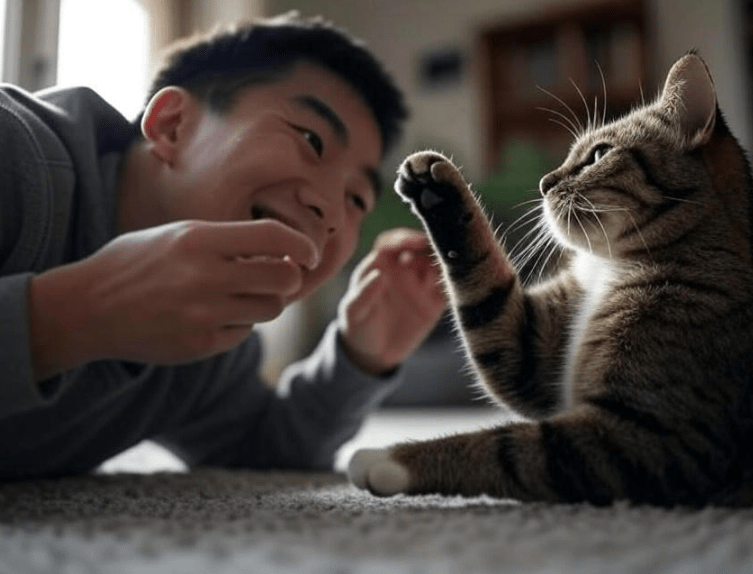
Step 1: Establish Trust and Comfort
Before introducing any commands, spend a few moments bonding with your cat. Sit on the floor at their level and offer a treat or gentle petting to put them at ease. This helps them associate your presence with positive experiences.
Step 2: Introduce the Paw Touch
Gently lift one of your cat’s front paws while saying a cue word like “paw” or “shake.” Immediately reward them with a treat and praise. Repeat this several times until your cat tolerates the motion without pulling away.
Step 3: Encourage Voluntary Paw Lifting
Hold a treat in your closed fist just above your cat’s paw. Most cats will naturally bat at your hand to investigate. The moment their paw touches you, use your clicker (or verbal marker) and reward them. This teaches them that lifting their paw leads to good things.
Step 4: Add the Verbal Cue
Once your cat constantly lifts their paw, begin saying your chosen command (“paw” or “shake”) right before they do the action. Over time, they’ll associate the word with the behavior.
Step 5: Practice and Gradually Reduce Treats
As your cat becomes more reliable, start rewarding every other attempt, then randomly. This reinforces the behavior without making them dependent on treats. Always keep sessions fun—if your cat walks away, respect their boundaries and try again later.
Common Mistakes & How to Avoid Them
Moving too fast
Cats learn best through gradual, repetitive training. If you progress too quickly from touching their paw to expecting a full shake, you’ll confuse them. Spend 3-5 sessions on each step until your cat responds consistently. Watch for signs of understanding like ear twitches or voluntary paw movements before advancing. Rushing causes frustration and makes your cat lose interest in training altogether.
Forcing their paw

Never physically manipulate your cat’s paw – this creates negative associations. Instead, let them initiate contact by using treats to lure movement. Gently stroke their leg to encourage lifting, but stop if they resist. Forced interactions break trust and make future training harder. The key is patience – some cats need weeks before voluntarily offering their paw.
Inconsistent rewards
Timing is everything in cat training. You must deliver treats within 1-2 seconds of the desired behavior. If rewards come too late, your cat won’t connect the action with the treat. Use a clicker or verbal marker (“Yes!”) to precisely mark the correct moment. Stay consistent with reward frequency too – don’t suddenly stop treats before the behavior is fully learned.
Training at bad times
Cats are most receptive when:
- Well-rested (not right after a nap)
- Slightly hungry (before meals works best)
- In a calm mood (not during “zoomies” time)
Avoid training when they’re distracted by birds, other pets, or household activity. Watch for engagement signals like purring or slow blinks before starting sessions.
Long sessions
A cat’s attention span lasts just 3-5 minutes. Signs they’re done:
- Looking away
- Grooming suddenly
- Walking away
Always end before they lose interest. Three 3-minute sessions per day work better than one 10-minute session. Finish with an easy success to keep them motivated.
Troubleshooting: What If My Cat Won’t Cooperate?
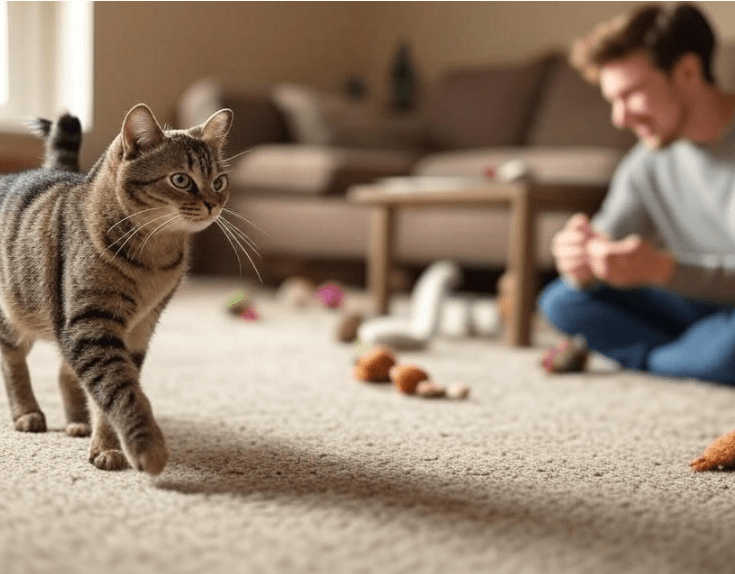
Try Different Rewards
Every cat has unique preferences, so finding the right reward is key to successful training. Some cats are highly food-motivated and respond best to strong-smelling treats like tuna, chicken, or freeze-dried liver—the more aromatic, the better. Others may lose interest in food but perk up at the sight of a feather wand or the chance to chase a laser dot. For these play-driven cats, a quick game can be even more rewarding than a treat. Start by testing different options in short sessions to see what truly excites your cat. The goal is to find that one thing that makes their eyes light up—whether it’s a special snack or a favorite toy—because that will be your most powerful training tool.
Improve Timing
Cats learn through immediate reinforcement, meaning the reward must come the instant they perform the desired behavior. Even a slight delay can confuse them. To sharpen your timing, practice clicking (or saying “Yes!”) at the exact moment your cat does something right—like lifting a paw—then immediately giving the treat. If you’re new to training, try rehearsing without your cat first by clicking as soon as you see a movement in a video. The faster and more precise your reward delivery, the clearer the connection will be for your cat. Ideally, the treat should follow the click within one second—any longer, and they might not understand what earned it.
Reduce Distractions
Cats are easily distracted by sounds, movements, or other pets, so training works best in a calm, controlled environment. Start in a small, quiet room like a bathroom with the door closed, curtains drawn, and loud appliances turned off. This minimizes outside stimuli and helps your cat focus solely on you. As they get better at the behavior, gradually introduce mild distractions—like soft music or a distant toy—to teach them to stay focused even in slightly busier settings. This step-by-step approach, called “proofing,” ensures they’ll respond reliably no matter what’s happening around them.
Go Back a Step
If your cat seems stuck or frustrated, don’t push them—instead, take a step back to where they last succeeded. For example, if they’re struggling to high-five, go back to rewarding just a paw lift, then a touch to your hand, then gradually shape the full motion. Breaking behaviors into smaller, easier steps rebuilds confidence and prevents stress. Celebrate every small win—progress might be slow, but patience and consistency will pay off.
Watch for Stress Signs
Training should always be fun and positive. If your cat shows signs of stress—flattened ears, a twitching tail, growling, or trying to leave—stop immediately. Never scold or force them to continue, as this damages trust. Instead, end the session on a good note (even if it’s just one easy success) and try again later when they’re relaxed. Some cats need weeks to warm up to training, and that’s okay. The key is letting them set the pace while keeping the experience rewarding and stress-free.
Final Thoughts

Training a cat requires patience, consistency, and a sense of humor. Celebrate small victories and enjoy the process—every cat learns at their own pace. With time and positive reinforcement, your feline will soon be charming everyone with their adorable paw trick.
Now, grab some treats, call your cat, and let the training begin. Who knows? You might just have the next viral cat sensation in your home!

